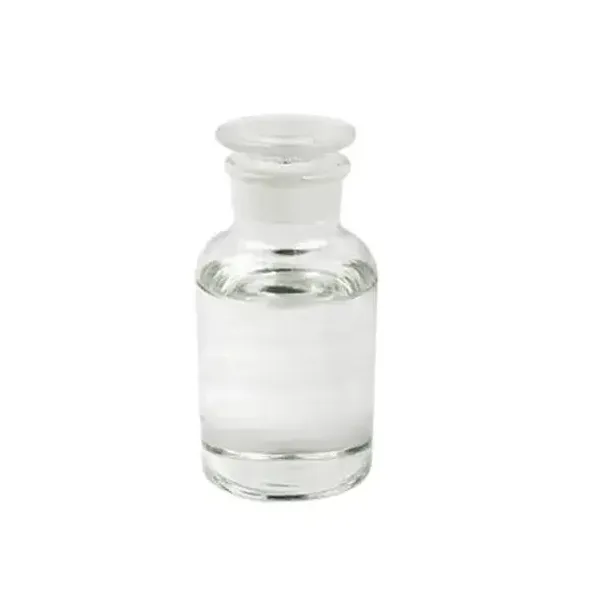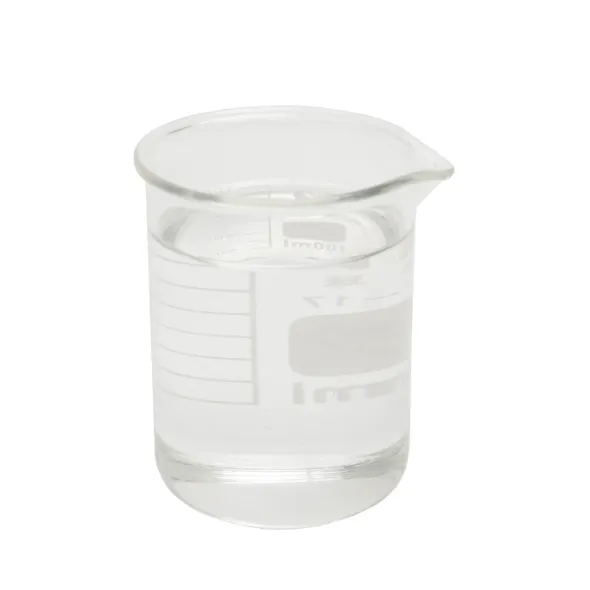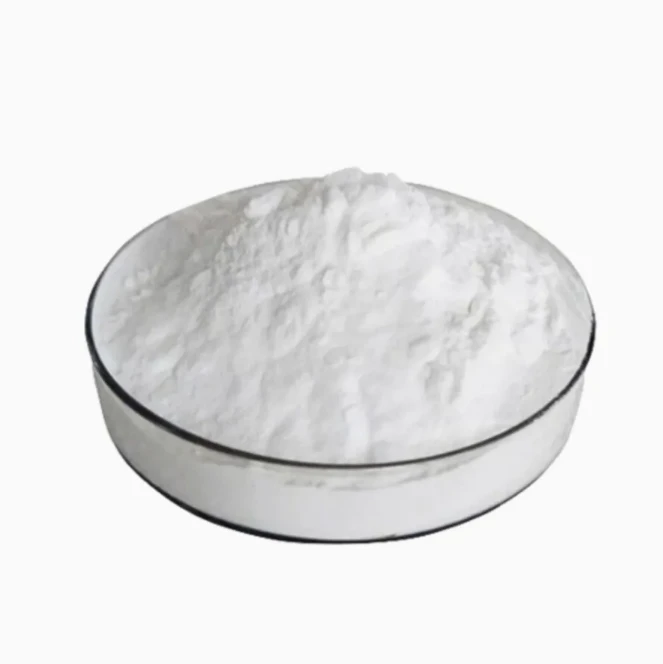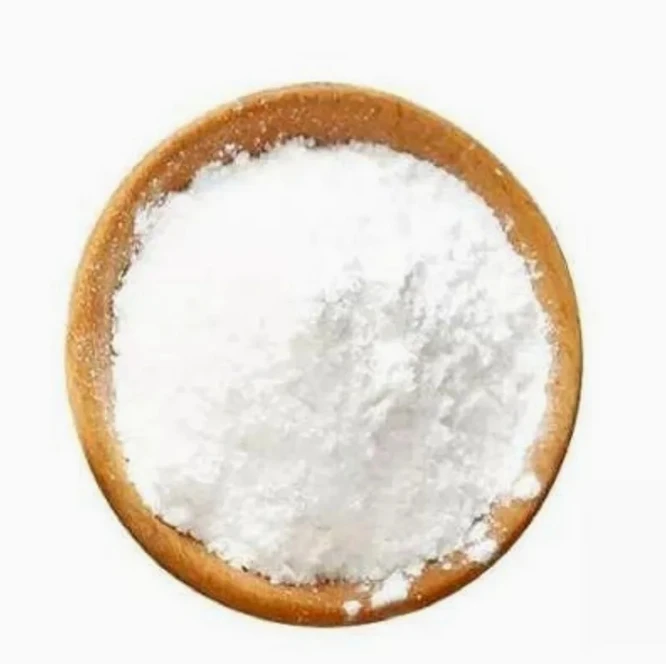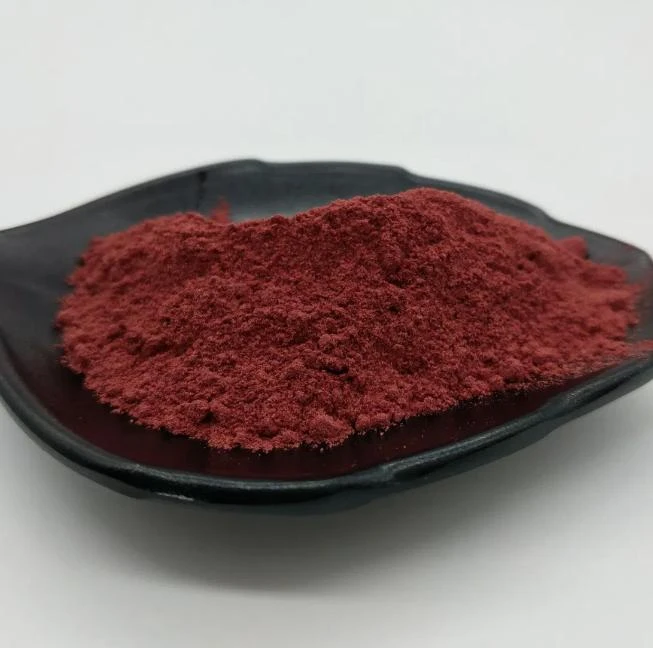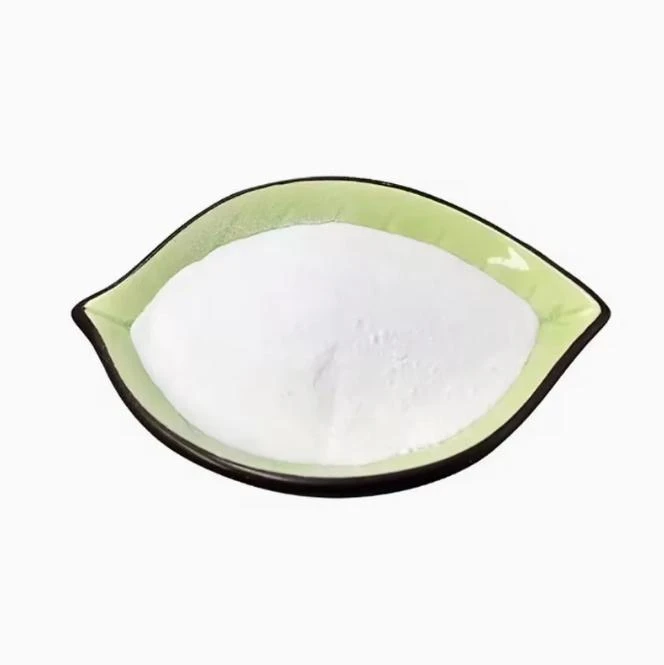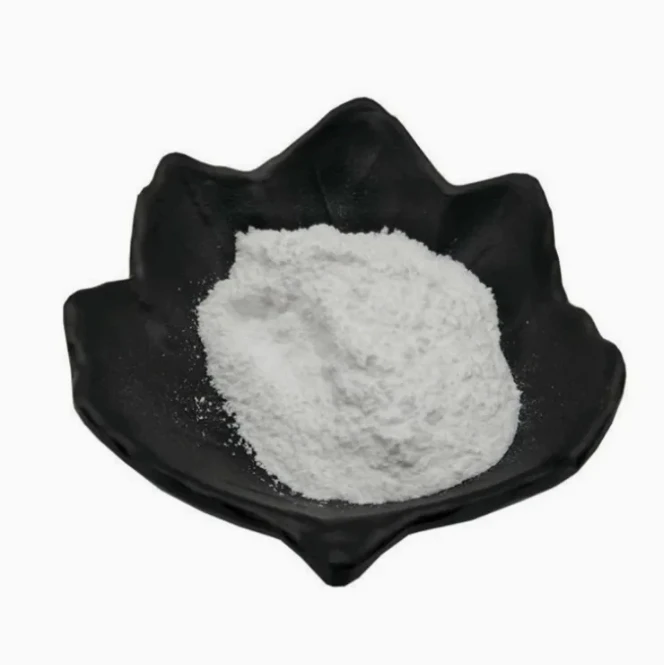Warning: Undefined array key "file" in /home/www/wwwroot/HTML/www.exportstart.com/wp-content/themes/1198/header.php on line 7
Warning: Undefined array key "title" in /home/www/wwwroot/HTML/www.exportstart.com/wp-content/themes/1198/header.php on line 7
Warning: Undefined array key "title" in /home/www/wwwroot/HTML/www.exportstart.com/wp-content/themes/1198/header.php on line 7
- ʻApelika
- Alapania
- Amahapika
- Apapika
- Ameniana
- Azerbaijani
- Pōkē
- ʻŌlelo Belarusa
- Penekali
- Ponia
- Pukalia
- ʻŌlelo Katalonia
- Cebuano
- Kina
- Kina (Taiwan)
- ʻŌlelo Kokia
- Koalia
- Keka
- Kenemaka
- Hōlani
- Pelekania
- ʻŌlelo Esperanto
- Ekekonia
- Pinilana
- Palani
- Frisian
- Kalikia
- Keokia
- Alemania
- Helene
- Kuhalaki
- ʻŌlelo Haiki
- Hauka
- ʻŌlelo Hawaiʻi
- Hepela
- ʻAʻole
- Miao
- Hunakalia
- ʻĀinahau
- igbo
- ʻInikonia
- Ipelana
- Ikalia
- Kepanī
- Kawanī
- Kanākā
- ʻŌlelo Kazaka
- Khmer
- Rwandan
- Kolea
- ʻŌlelo Kurdish
- ʻŌlelo Kyrgyz
- TB
- ʻŌlelo Lākni
- Lakiwiana
- ʻŌlelo Lituania
- ʻŌlelo Lukemapuka
- Makekoni
- Malgashi
- Mālei
- Mālealama
- Malkī
- ʻŌlelo Māori
- Malapi
- ʻŌlelo Monokolia
- Maianamara
- Nepali
- Nolewai
- Nolewai
- ʻOkitana
- ʻŌlelo Pashto
- Pelekia
- Pōlani
- Pukikī
- ʻŌlelo Punajabi
- Lomānia
- Lukia
- Sāmoa
- Gaelika Sekotia
- ʻŌlelo Serbia
- Pelekania
- Shona
- Kiniki
- Sinhala
- Kolowakia
- Kolewenia
- ʻŌlelo Somalia
- Kepania
- ʻōlelo Sunda
- Kawahili
- Kuekene
- Kakalo
- Tajika
- Kamili
- Tatar
- Keluku
- Kailani
- Tureke
- ʻŌlelo Kuleke
- Ukrainian
- Urdu
- Uighur
- ʻUzbek
- Vietnamese
- Welsh
- Kokua
- Yiddish
- Yoruba
- Zulu
isocyanic acid CAS 75-13-8
Isocyanates are a class of organic compounds.
Nature:
Isocyanate is a volatile liquid or solid substance, common phenyl isocyanate, methyl isocyanate and so on.
Purpose:
1, they can react with hydroxyl compounds to undergo addition reactions to form urea or uric acid derivatives.
2, isocyanate can also be used as an active compound to participate in organic synthesis reactions, such as the synthesis of polyurethane.
Preparation:
Methods for preparing isocyanates include reacting an amine with a corresponding anhydride or carbonate to produce an imide, and then reacting with carbon monoxide to produce an isocyanate. The corresponding isocyanate can also be obtained by reacting with sodium cyanide.
Safety information:
1, isocyanate has irritating odor and irritating effect, irritating effect on the skin and eyes, need to avoid direct contact.
2. Isocyanate is volatile, and a well-ventilated environment should be maintained during operation.
3, in storage, it should be sealed and stored away from fire sources and oxidants to prevent fire or explosion.




For home appliances, automotive, construction, footwear, furniture, adhesives and other industries. It can activate the surface activity of the fiber to promote the adhesion between the cord, EP canvas, polyester rope and rubber, improve the coating, paint and other difficult to adhere and easy to become yellow, and solve the coloring in the printing and dyeing industry, fading problem
Loaʻa iā mākou nā hale hana kiʻekiʻe me ka pilina hohonu, hiki iā ia ke hāʻawi iā ʻoe i nā huahana kiʻekiʻe a me nā kumukūʻai hoʻokūkū. A hiki iā mākou ke hāʻawi i nā uku no nā kūʻai nui. A ke hui pū nei mākou me nā ʻoihana lawe ukana ʻoihana he nui, hiki ke hāʻawi i nā huahana me ka palekana a me ka maʻalahi i kou mau lima. ʻO ka manawa hoʻouna ma kahi o 3-20 mau lā ma hope o ka hōʻoia ʻana o ka uku.




| Molecular Formula | CHNO |
| Molar Mass | 43.02 |
| Density | 1.04±0.1 g/cm3(Predicted) |
| Lae hehee | -86 °C |
| Boling Point | 41.91°C (rough estimate) |
| Flash Point | <-15℃(闭杯) |
| Vapor Presure | 6750mmHg at 25°C |
| PH | 3.35(1 mM solution);2.76(10 mM solution);2.23(100 mM solution) |
| Refractive Index | 1.4300 (estimate) |
| Physical and Chemical Properties |
generic name of various esters of isocyanic acid. Colorless clear liquid, with strong irritation. Monoisocyanate R-N = C = O and diisocyanate O = C = N-R-N = C = O. Generally a liquid with an unpleasant odor. One isocyanate is easy to react with ammonia or amine to form urea, and is easy to react with alcohol to form urethane (such as urethane). |
| Hoʻohana | For home appliances, automotive, construction, footwear, furniture, adhesives and other industries. It can activate the surface activity of the fiber to promote the adhesion between the cord, EP canvas, polyester rope and rubber, improve the coating, paint and other difficult to adhere and easy to become yellow, and solve the coloring in the printing and dyeing industry, fading problem |

1. He hale hana ʻoe a he hui kālepa paha?
He compnay mākou e hoʻohui i ka ʻoihana a me ke kālepa, e hāʻawi ana i ka lawelawe hoʻokahi. Hiki ke ʻae ʻia ʻo OEM.
2. Hāʻawi anei ʻoe i nā laʻana? He manuahi a keu paha?
Free samples.The sample's freight fee Pono e uku ma kou aoao.
3. Loaʻa iā ʻoe nā palapala hōʻoia e pili ana i ka mana maikaʻi?
ISO 9001: 2008 palapala hōʻoia e hōʻoia i ka maikaʻi.
4. He aha kaʻu e hāʻawi ai e kiʻi i kahi ʻōlelo?
E haʻi mai ʻo Pls iā mākou i ke ʻano huahana āu e pono ai, ka nui o ke kauoha, ka helu a me nā koi kikoʻī. E hana ʻia ka ʻōlelo no kāu kuhikuhi i ka manawa.
5. He aha ke ʻano o ka uku uku āu e makemake ai? He aha ke ʻano o nā ʻōlelo i ʻae ʻia?
ʻAe ʻia nā ʻōlelo hoʻouna: FOB, CFR, CIF, EXW;
ʻAe ʻia ke kālā uku:USD;
Accepted Payment Type: T/T,Western Union; Paypal,BTC
ʻŌlelo i ʻōlelo ʻia: English.
Māhele huahana
-
 May . 23, 2025O-Vanillin: A rising star in the flavors and fragrances industryIn recent months, ortho-vanillin has emerged as a key player in the flavoring and fragrance space, attracting the attention of many manufacturers and consumers. This vanillin derivative is gaining popularity due to its unique properties and versatility in a variety of applications.
May . 23, 2025O-Vanillin: A rising star in the flavors and fragrances industryIn recent months, ortho-vanillin has emerged as a key player in the flavoring and fragrance space, attracting the attention of many manufacturers and consumers. This vanillin derivative is gaining popularity due to its unique properties and versatility in a variety of applications. -
 May . 13, 20252025 European Fine Chemicals Exhibition in GermanyThe much-anticipated Fine Chemicals Europe 2025 will be held in Germany from June 4 to 5, 2025. The event will bring together industry leaders, innovators and stakeholders in the fine chemicals sector, providing a unique platform for networking, collaboration and showcasing the latest advances in the field.
May . 13, 20252025 European Fine Chemicals Exhibition in GermanyThe much-anticipated Fine Chemicals Europe 2025 will be held in Germany from June 4 to 5, 2025. The event will bring together industry leaders, innovators and stakeholders in the fine chemicals sector, providing a unique platform for networking, collaboration and showcasing the latest advances in the field. -
 May . 07, 20252025 New York Cosmetics Ingredients ExhibitionThe much-anticipated 2025 Cosmetics Ingredients New York will be held at the Javits Center in New York from June 3 to 4, 2025. This event will bring together industry leaders, innovators and enthusiasts from all over the world to discuss the latest trends and advances in the field of cosmetic ingredients.
May . 07, 20252025 New York Cosmetics Ingredients ExhibitionThe much-anticipated 2025 Cosmetics Ingredients New York will be held at the Javits Center in New York from June 3 to 4, 2025. This event will bring together industry leaders, innovators and enthusiasts from all over the world to discuss the latest trends and advances in the field of cosmetic ingredients.
isocyanic acid CAS 75-13-8
Isocyanates are a class of organic compounds.
Nature:
Isocyanate is a volatile liquid or solid substance, common phenyl isocyanate, methyl isocyanate and so on.
Purpose:
1, they can react with hydroxyl compounds to undergo addition reactions to form urea or uric acid derivatives.
2, isocyanate can also be used as an active compound to participate in organic synthesis reactions, such as the synthesis of polyurethane.
Preparation:
Methods for preparing isocyanates include reacting an amine with a corresponding anhydride or carbonate to produce an imide, and then reacting with carbon monoxide to produce an isocyanate. The corresponding isocyanate can also be obtained by reacting with sodium cyanide.
Safety information:
1, isocyanate has irritating odor and irritating effect, irritating effect on the skin and eyes, need to avoid direct contact.
2. Isocyanate is volatile, and a well-ventilated environment should be maintained during operation.
3, in storage, it should be sealed and stored away from fire sources and oxidants to prevent fire or explosion.




For home appliances, automotive, construction, footwear, furniture, adhesives and other industries. It can activate the surface activity of the fiber to promote the adhesion between the cord, EP canvas, polyester rope and rubber, improve the coating, paint and other difficult to adhere and easy to become yellow, and solve the coloring in the printing and dyeing industry, fading problem
Loaʻa iā mākou nā hale hana kiʻekiʻe me ka pilina hohonu, hiki iā ia ke hāʻawi iā ʻoe i nā huahana kiʻekiʻe a me nā kumukūʻai hoʻokūkū. A hiki iā mākou ke hāʻawi i nā uku no nā kūʻai nui. A ke hui pū nei mākou me nā ʻoihana lawe ukana ʻoihana he nui, hiki ke hāʻawi i nā huahana me ka palekana a me ka maʻalahi i kou mau lima. ʻO ka manawa hoʻouna ma kahi o 3-20 mau lā ma hope o ka hōʻoia ʻana o ka uku.




| Molecular Formula | CHNO |
| Molar Mass | 43.02 |
| Density | 1.04±0.1 g/cm3(Predicted) |
| Lae hehee | -86 °C |
| Boling Point | 41.91°C (rough estimate) |
| Flash Point | <-15℃(闭杯) |
| Vapor Presure | 6750mmHg at 25°C |
| PH | 3.35(1 mM solution);2.76(10 mM solution);2.23(100 mM solution) |
| Refractive Index | 1.4300 (estimate) |
| Physical and Chemical Properties |
generic name of various esters of isocyanic acid. Colorless clear liquid, with strong irritation. Monoisocyanate R-N = C = O and diisocyanate O = C = N-R-N = C = O. Generally a liquid with an unpleasant odor. One isocyanate is easy to react with ammonia or amine to form urea, and is easy to react with alcohol to form urethane (such as urethane). |
| Hoʻohana | For home appliances, automotive, construction, footwear, furniture, adhesives and other industries. It can activate the surface activity of the fiber to promote the adhesion between the cord, EP canvas, polyester rope and rubber, improve the coating, paint and other difficult to adhere and easy to become yellow, and solve the coloring in the printing and dyeing industry, fading problem |

1. He hale hana ʻoe a he hui kālepa paha?
He compnay mākou e hoʻohui i ka ʻoihana a me ke kālepa, e hāʻawi ana i ka lawelawe hoʻokahi. Hiki ke ʻae ʻia ʻo OEM.
2. Hāʻawi anei ʻoe i nā laʻana? He manuahi a keu paha?
Free samples.The sample's freight fee Pono e uku ma kou aoao.
3. Loaʻa iā ʻoe nā palapala hōʻoia e pili ana i ka mana maikaʻi?
ISO 9001: 2008 palapala hōʻoia e hōʻoia i ka maikaʻi.
4. He aha kaʻu e hāʻawi ai e kiʻi i kahi ʻōlelo?
E haʻi mai ʻo Pls iā mākou i ke ʻano huahana āu e pono ai, ka nui o ke kauoha, ka helu a me nā koi kikoʻī. E hana ʻia ka ʻōlelo no kāu kuhikuhi i ka manawa.
5. He aha ke ʻano o ka uku uku āu e makemake ai? He aha ke ʻano o nā ʻōlelo i ʻae ʻia?
ʻAe ʻia nā ʻōlelo hoʻouna: FOB, CFR, CIF, EXW;
ʻAe ʻia ke kālā uku:USD;
Accepted Payment Type: T/T,Western Union; Paypal,BTC
ʻŌlelo i ʻōlelo ʻia: English.
Māhele huahana
-
 May . 23, 2025O-Vanillin: A rising star in the flavors and fragrances industryIn recent months, ortho-vanillin has emerged as a key player in the flavoring and fragrance space, attracting the attention of many manufacturers and consumers. This vanillin derivative is gaining popularity due to its unique properties and versatility in a variety of applications.
May . 23, 2025O-Vanillin: A rising star in the flavors and fragrances industryIn recent months, ortho-vanillin has emerged as a key player in the flavoring and fragrance space, attracting the attention of many manufacturers and consumers. This vanillin derivative is gaining popularity due to its unique properties and versatility in a variety of applications. -
 May . 13, 20252025 European Fine Chemicals Exhibition in GermanyThe much-anticipated Fine Chemicals Europe 2025 will be held in Germany from June 4 to 5, 2025. The event will bring together industry leaders, innovators and stakeholders in the fine chemicals sector, providing a unique platform for networking, collaboration and showcasing the latest advances in the field.
May . 13, 20252025 European Fine Chemicals Exhibition in GermanyThe much-anticipated Fine Chemicals Europe 2025 will be held in Germany from June 4 to 5, 2025. The event will bring together industry leaders, innovators and stakeholders in the fine chemicals sector, providing a unique platform for networking, collaboration and showcasing the latest advances in the field. -
 May . 07, 20252025 New York Cosmetics Ingredients ExhibitionThe much-anticipated 2025 Cosmetics Ingredients New York will be held at the Javits Center in New York from June 3 to 4, 2025. This event will bring together industry leaders, innovators and enthusiasts from all over the world to discuss the latest trends and advances in the field of cosmetic ingredients.
May . 07, 20252025 New York Cosmetics Ingredients ExhibitionThe much-anticipated 2025 Cosmetics Ingredients New York will be held at the Javits Center in New York from June 3 to 4, 2025. This event will bring together industry leaders, innovators and enthusiasts from all over the world to discuss the latest trends and advances in the field of cosmetic ingredients.



